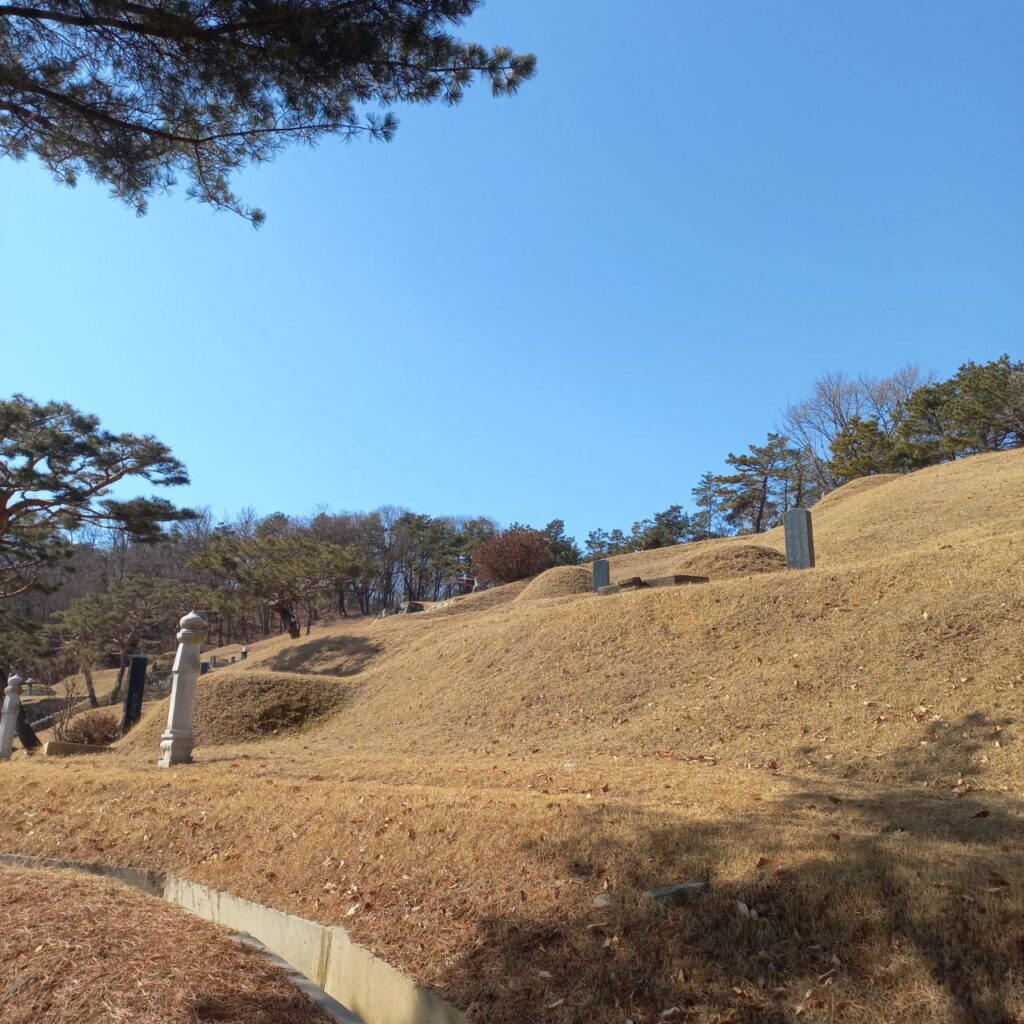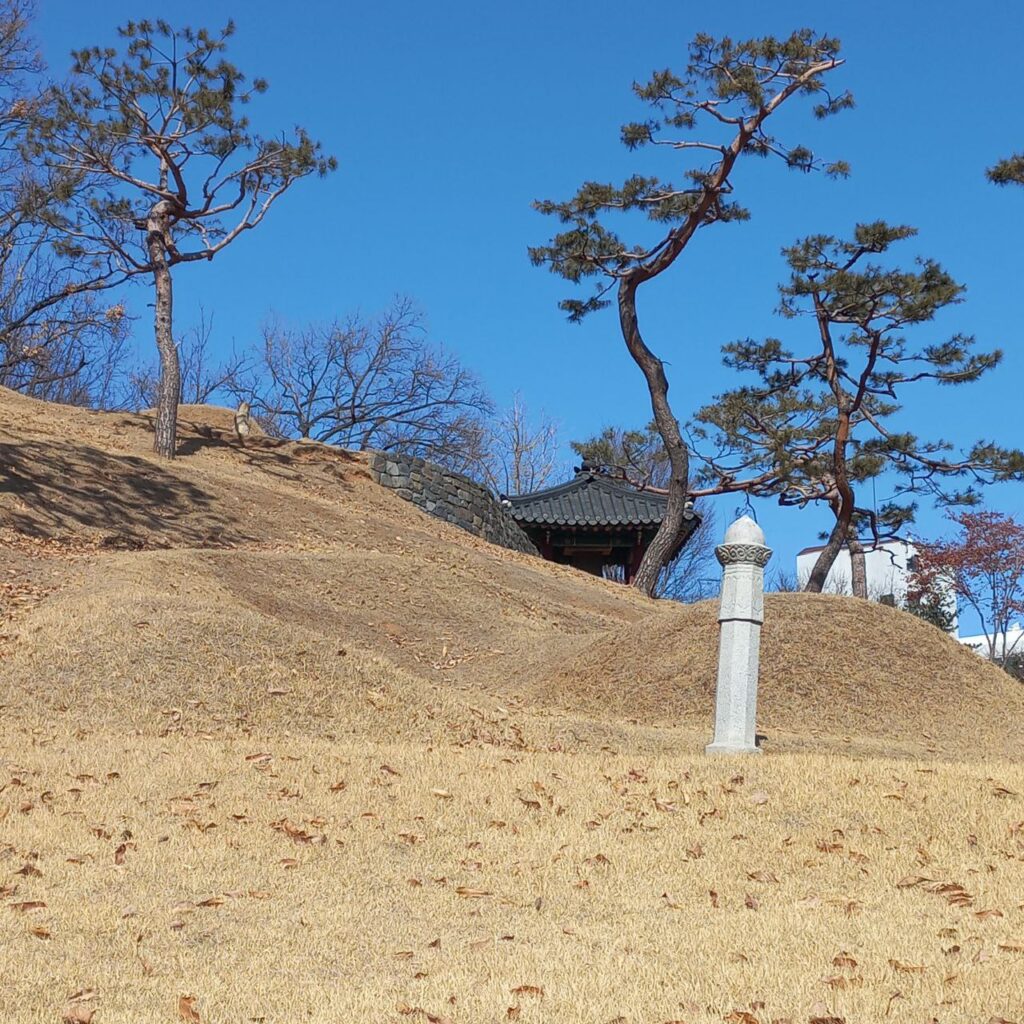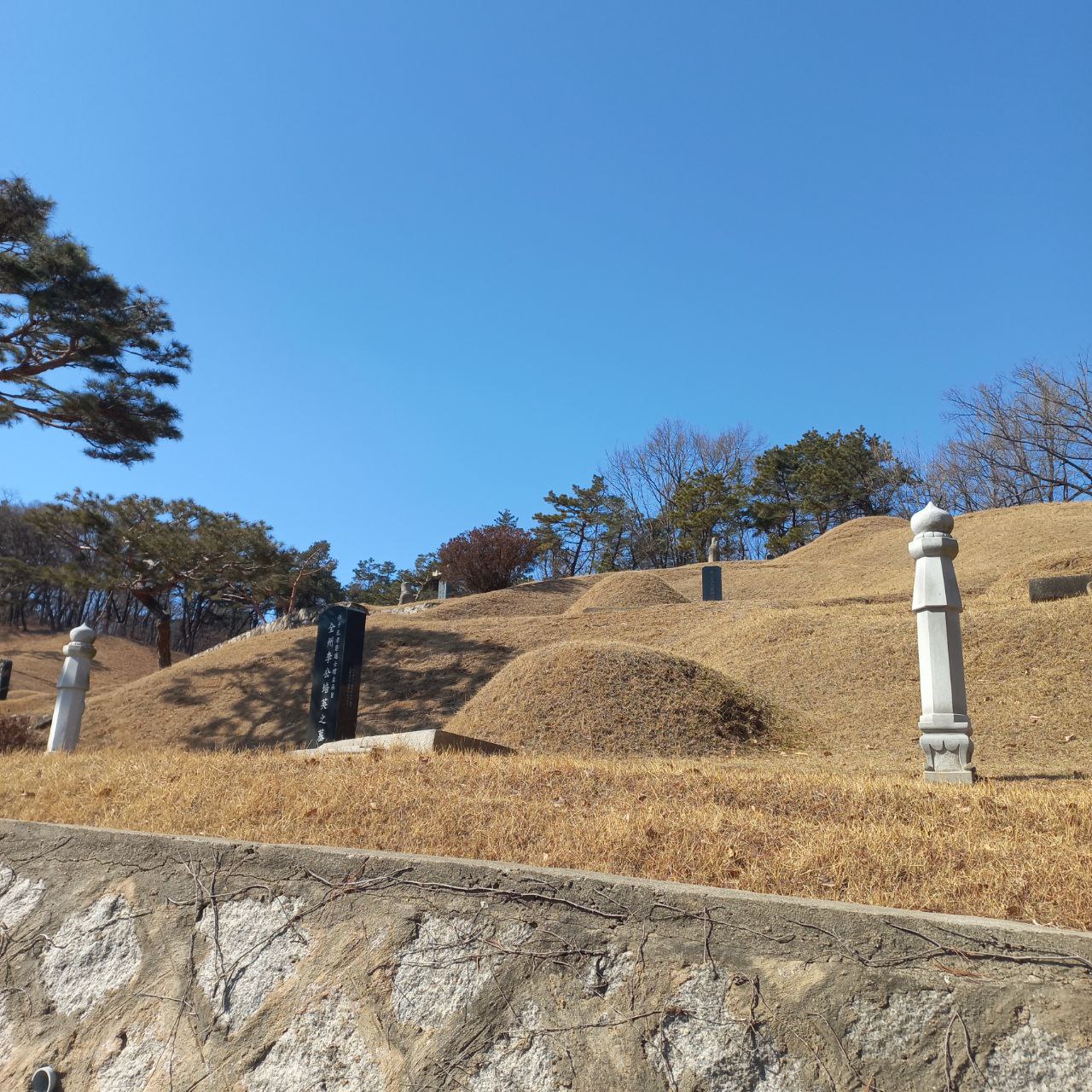For centuries, traditional Korean burial culture revolved around “sanso” (산소)—family gravesites nestled in the mountains. Visiting and maintaining ancestral graves was considered a sacred duty, and families gathered during Chuseok (Korean Thanksgiving) and Lunar New Year to pay respects to their ancestors. However, in modern Korea, this practice is rapidly fading.

1. The Disappearance of Traditional Graves
In the past, owning and maintaining a family burial site was a symbol of filial piety and respect for one’s ancestors. However, today, securing land for a traditional grave has become nearly impossible due to:
- Land Scarcity: Korea’s mountainous terrain and rapid urbanization leave little space for new graves.
- High Maintenance Costs: Families struggle with the financial burden of maintaining burial sites, especially as younger generations move to cities.
- Changing Social Norms: As people adopt a more practical approach to life and death, the idea of elaborate gravesites is losing appeal.
As a result, burial culture is disappearing, with cremation becoming the dominant choice.
2. The Rise of Cremation and Columbariums
In contrast to the past, where burial was the norm, today, over 90% of Koreans opt for cremation. Instead of large gravesites, families now store ashes in columbariums (납골당)—designated memorial halls where urns are placed in neatly arranged compartments.
This shift is driven by:
- Lower Costs: Cremation is significantly cheaper than purchasing land for a burial.
- Space Efficiency: Columbariums require less space and are more sustainable in a densely populated country.
- Convenience: Visiting a columbarium is easier than traveling to a remote mountainside grave.
For many, cremation is not just a financial decision but also a practical adaptation to modern realities.
3. The Future of Korean Funeral Traditions
With cremation becoming the standard, the image of traditional graves in the mountains may soon become a thing of the past. Instead, new trends are emerging:
- Eco-friendly burials: Some families scatter ashes in designated natural areas or opt for biodegradable urns.
- Personalized memorial services: Digital memorials and online tribute platforms are gaining popularity.
- Minimalist approaches: Younger generations prefer simpler, less ritualistic ceremonies.

While Korea’s burial customs continue to evolve, the core values of honoring ancestors and family remembrance remain strong—just in a different form.

Leave a Reply